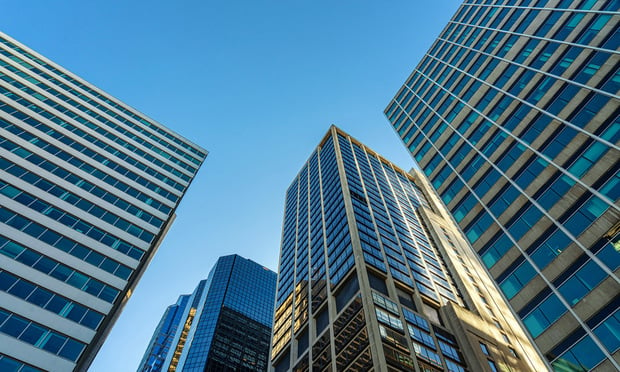The Austin market's most solid areas should be the CBD submarket and the southern submarkets, according to Frieze's report. Those submarkets historically have stronger average occupancy rates than other submarkets, a relatively small base of high-tech tenants and a deep pool of Austin-based tenants. "Look for rents to remain flat or even decline in some submarkets over the next few quarters as sublease space competes with existing vacant inventory, as well as first generation space coming online," the report states.
The report said a substantial amount of space--562,471 sf--was directly absorbed in the first half of 2002. But add sublease space to the equation and absorption switches to a negative 291,976 sf for the period.
New buildings added 1.3 million sf to the Austin inventory during the first half of the year. The buildings, which included Mira Vista, 1005 Congress, 300 West Sixth, River Pointe V and Travis Oaks, were about 40% leased.
The Holliday report pegs the Round Rock submarket as the area's weakest with a 45.5% occupancy rate while the northeast Austin submarket was the tightest with a 92.2% occupancy rate.
Rents for multi-tenants buildings decreased 11.6% in the first half of the year to an average of $21.64 per sf. Class A properties rent for an average of $24.83 per sf; class B, $19.74 per sf; and class C, $16.73 per sf.
Want to continue reading?
Become a Free ALM Digital Reader.
Once you are an ALM Digital Member, you’ll receive:
- Breaking commercial real estate news and analysis, on-site and via our newsletters and custom alerts
- Educational webcasts, white papers, and ebooks from industry thought leaders
- Critical coverage of the property casualty insurance and financial advisory markets on our other ALM sites, PropertyCasualty360 and ThinkAdvisor
Already have an account? Sign In Now
*May exclude premium content© 2025 ALM Global, LLC, All Rights Reserved. Request academic re-use from www.copyright.com. All other uses, submit a request to [email protected]. For more information visit Asset & Logo Licensing.








